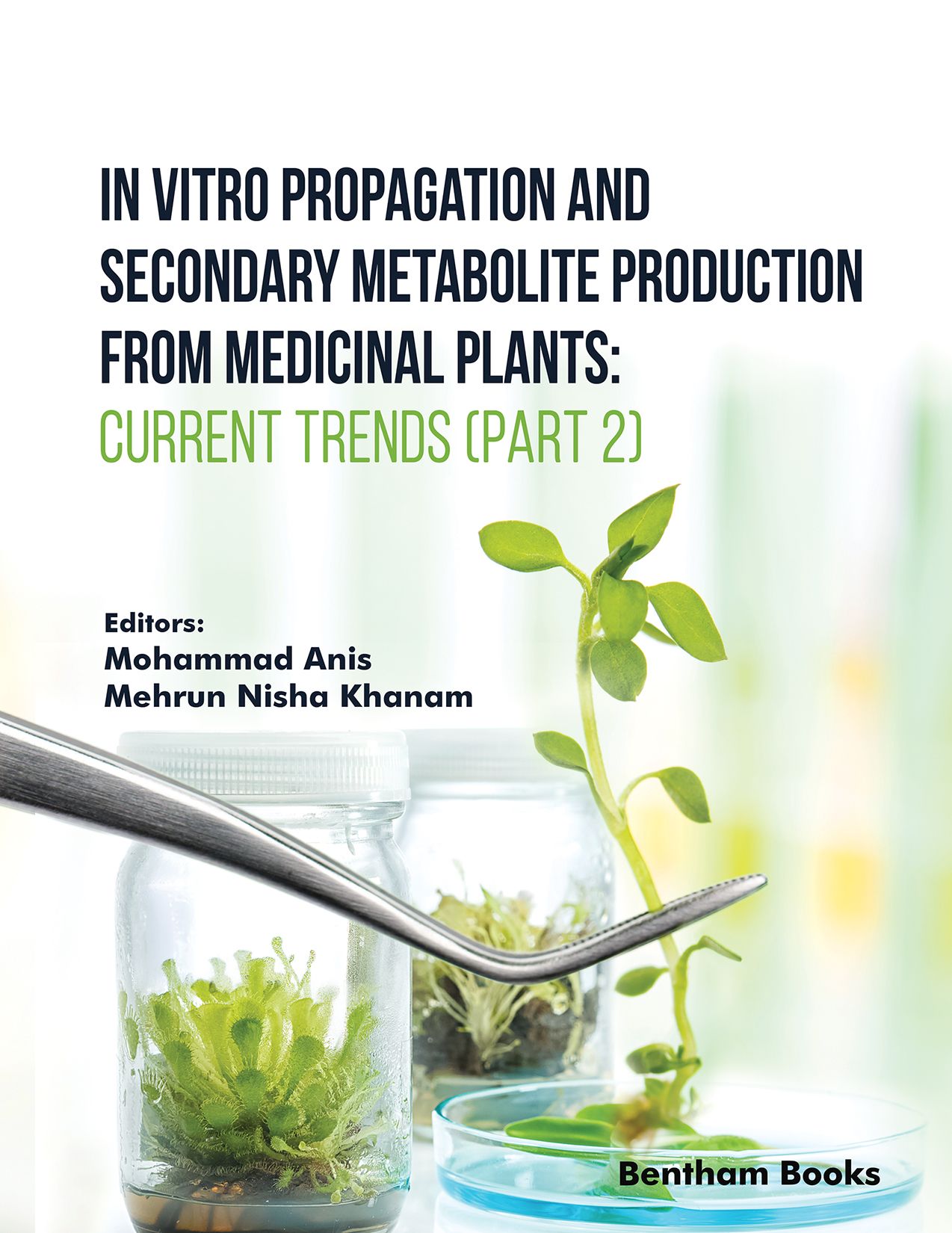Introduction
This book is a comprehensive review of secondary metabolite production from plant tissue culture. The editors have compiled 12 meticulously organized chapters that provide the relevant theoretical and practical frameworks in this subject using empirical research findings. The goal of the book is to explain the rationale behind in vitro production of secondary metabolites from some important medicinal plants. Biotechnological strategies like metabolic engineering and the biosynthesis, transport and modulation of important secondary metabolites are explained along with research studies on specific plants. In addition to the benefits of secondary metabolites, the book also aims to highlight the commercial value of medicinal plants for pharmaceutical and healthcare ventures.
Topics covered in this part include:
- - In vitro propagation and tissue culture for several plants including Withania somnifera (L.) Dunal, Aloe vera, Oroxylum indicum (L) Kurz, Ocimum basilicum L, Rhubarb, Tea, and many others (including plants in Northern India).
- - Genetic Improvement of Pelargonium
- - Bioactive Components in Senna alata L. Roxb
- - Plant tissue culture techniques
The book caters to a wide readership. It primarily prepares graduate students, researchers, biotechnologists, giving them a grasp of the key methodologies in the secondary metabolite production. It is a secondary reference for support executives, industry professionals, and policymakers at corporate and government levels to understand the importance of plant tissue culture and maximizing its impact in the herbal industry.
Readership
Graduate students and researchers in plant biotechnology courses; industry professionals and policymakers in the herbal industry.

